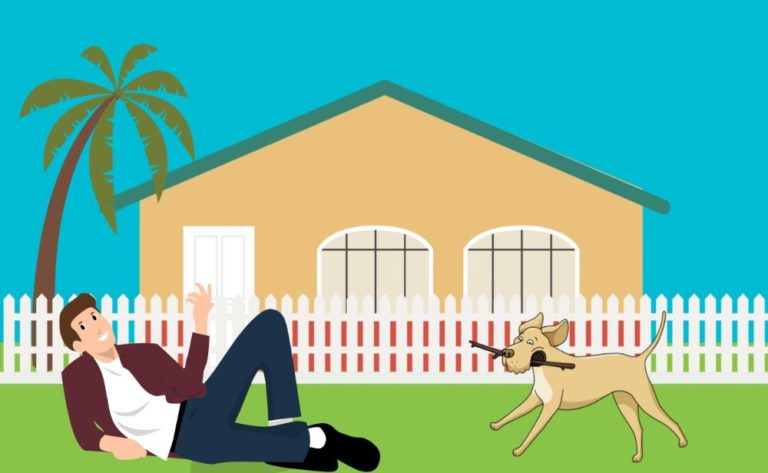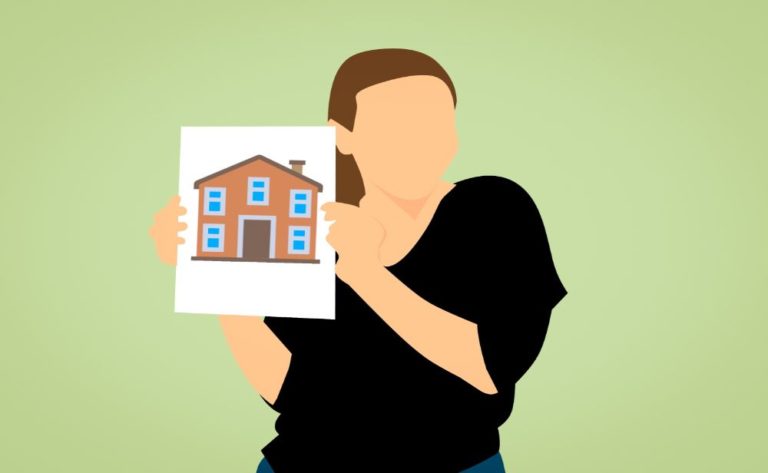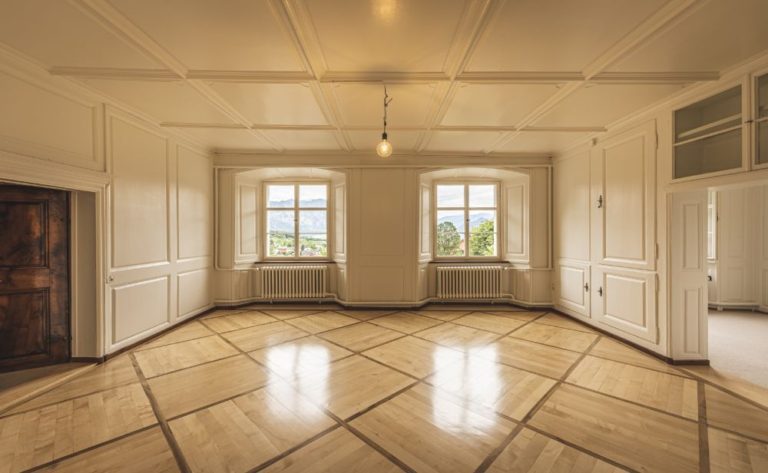What to Do When: A Timeline for Selling Your Home
Under ideal conditions, the sale of your home is not something that you should undertake in a hurry. Planning and preparation are required for this task. On the other hand, if you’re like the majority of homeowners, you probably aren’t entirely sure where to begin. Make an effort to follow these steps:
1. Choose a time and a day.
First things first: decide when you want to sell your house, presuming that you won’t have to move across the country for a new job in the next month. There is no shortage of guidance available regarding the optimal and suboptimal times to sell a product. In far too many cases, it is inconsistent. Do you take the wise counsel that says, “Don’t list in December – no one buys houses in December!” seriously? Or, do you give credence to the counterargument that says, “But no one lists houses in December – you’ll have the market all to yourself!” What about neither of them? The Zillow Owner Dashboard will tell you which month is the best month to list a house based on an analysis of thousands of home sales in your area. This analysis is done on a monthly basis. Check out your dashboard and, if at all possible, try to list at the best possible time of the month.
Two months prior to listing the property
2. Do some research on the market in your area
Once more, the Owner Dashboard might be of assistance to you by providing you with some fundamental comparable properties to research. Start by having an idea of the general pricing range. You can even investigate a “Make Me Move” price in order to have a better sense of the market and the price you want to aim for. Attend some open houses in the area to get some ideas for home staging and to see what’s currently on the market.
Six weeks before listing
3: Think about working with a representative.
Start conducting candidate interviews immediately if you are going to be hiring a real estate agent to handle your listing. Don’t choose someone only because they send you a postcard. Request recommendations from family and friends, and do some research on how different agents have been reviewed. As soon as you find somebody who makes you feel at ease and inspires confidence in the relationship, you are able to sign a listing agreement and begin formulating a strategy for marketing your property. Discuss any additional maintenance or redesign work that the real estate agent thinks will be profitable.
4. Make preparations for your home.
Get started sprucing up the environment. Walls inside the house should be painted, or at the very least washed. Make any necessary cosmetic or functional adjustments to eliminate buyer objections. Be completely and utterly truthful with yourself. Fix it if you have cabinets that don’t shut properly or an avocado green dishwasher in an otherwise modern kitchen; nevertheless, this is probably not the time to undergo a major kitchen redesign.
One month in advance of listing it
5. Get rolling already; this is the fifth step.
If you are able to, invest in a storage container of some kind and begin the process of packing away your belongings one box at a time. This will not only be helpful for you when it comes time to move, but it will also help your home show better because it won’t be cluttered with too much furniture and other personal items. It’s time to relocate the storage out of the rooms you’ve been utilising for it if you’ve been doing that. Pack up as many personal items as you can. Even if the wedding photos you have displayed on the wall may look fantastic, prospective purchasers may prefer to imagine their own wedding photos hanging there rather than yours.
Have a discussion about your plans with your neighbors. Not only is it courteous to let them know that you will be departing, but it also gives them the opportunity to assist in marketing the home. It’s possible that they have acquaintances also looking for a property who are already familiar with and enamoured of your neighborhood.
Approximately two to three weeks before the listing date
6. Evaluate the current state of your finances.
Find out the details of the repayment plan for your mortgage loan. You are going to need to know how much you owe in order to calculate how much money you will make from the sale of your home, or to determine whether or not you will be conducting a short sale, in which the amount of money made from the sale will not be enough to pay off the mortgage. Remove any liens that have been placed on the property.
7: Maintain a clean and clutter-free environment.
If you are working with an agency, it is likely that they may have some recommendations for staging. If not, keep in mind that you want it to have the appearance of a model home to the greatest extent possible. Put away any personal belongings. Check that the arrangement of the furniture makes sense in the room. You do not want prospective buyers to look at a room and try to imagine what they could use it for in their new home.
One week before listing
8: Ready, set, go! It’s time to market!
When you have the house looking its absolute best, it is time to take some photographs. If you have an agent, it is likely that they will take images of the property themselves or pay a real estate photographer to do it for them. You might want to think about creating a free video walkthrough on Zillow to submit with the property. Be picky. It is important that there is no noticeable clutter. The blinds or shades should be drawn back to let the maximum amount of natural light into the room. These pictures showcase the beauty of your house. You want them to be appealing enough that you have second thoughts about moving out of the house. But you shouldn’t try to fix any blemishes with Photoshop. The misleading advertising will irritate potential purchasers.
An entertaining, factual, and optimistic description of your home should be crafted with the assistance of your real estate agent. Think about what it was about it that made you fall in love (or at least enjoy it) when you were shopping for it. Even if your house isn’t up for sale just yet, you can always post a description of it on the Owner Dashboard and make it available to potential buyers.
Listing day and beyond
9: Go live
If you have a real estate agent, it is imperative that you request that they list your home on all of the major web platforms, including Zillow. You should also put up a sign outside, along with flyers that contain images and a description of the property, if you are selling it on your own. If you are selling it on your own, you can publish the ad on Zillow as “For Sale by Owner.” If you have a real estate agent, by the time the house listing becomes active, they should have taken care of all of those details for you.
10: Maintain a spotless appearance at all times.
No matter how many times you claim you need a few hours’ notice before a buyer’s agent delivers potential buyers, someone will phone you on the way to your home or even while you are in the driveway. This will happen regardless of how many different ways you say you need the notice. Be ready to quickly clear out and leave the house in pristine condition. Every morning, you are required to make every bed. When you leave the house, you should always act as though a potential purchaser is going to stop by, even if there is no showing appointment scheduled. (Of course, leaving a dirty sock on the floor is the most reliable approach to attract potential customers to your store.)
11: Keep an eye out for potential deals. Or not
If you are dealing with an agency, you need to make sure that you obtain feedback after each showing. An early price adjustment might be in order if you aren’t receiving many showings despite the fact that the market is quite competitive. Keep in mind that the quicker you sell something in any market, the higher the price you are going to earn for it. Therefore, when you’re just starting out, it’s important to pay attention to what the market has to say.






